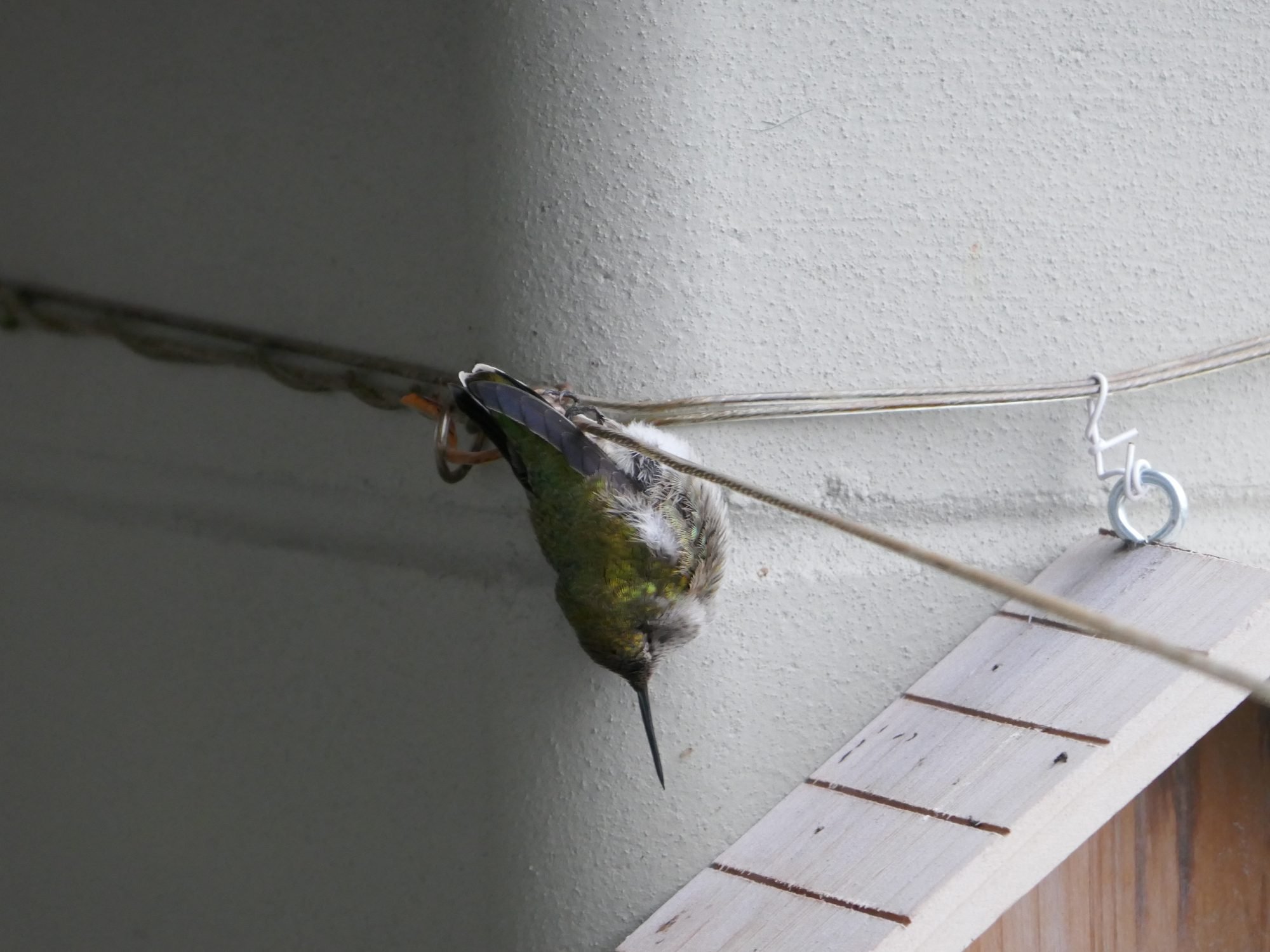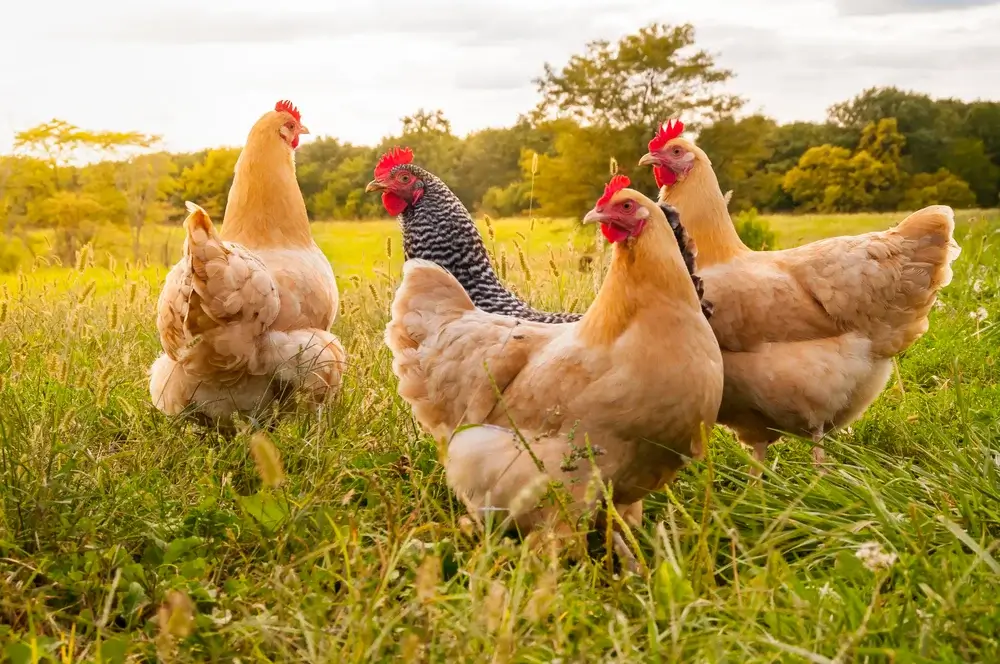digitS'
Garden Master
Looking at the Cornell University maps (Allaboutbirds org), I'm fairly sure that this overwintering is true with Anna's Hummingbird only and confined to the westside of the Cascades and Sierras.I thought all hummingbirds migrated to warm climates
LINK
Looking at range maps of unknown to me species along the Gulf Coast, I was surprised to see that they even migrate into Mexico during Winter months. Cancun, anyone?
digitS'
Last edited:




